#журавли
Explore tagged Tumblr posts
Photo

Журавли - символ счастья, любви и здоровья. Прилетая в самом начале весны, журавли являлись как бы и её вестниками, что не могло не отмечаться нашими пращурами. Весна, пришедшая на смену мёртвому сезону – зиме, повсеместно отмечалась и праздновалась у всех народов. Прилёт журавлей в период весеннего равноденствия, мог ассоциироваться с зарождением нового Солнца, с Ярилой. Поэтому, наряду с животными, символизирующими божественное светило у разных народов, в частности, львом, конём, волком, был и журавль. Возможно, со временем именно он трансформировался в некоторых сказках в жар-птицу. Недаром, слово «жеравый», несущее в себе понятия: раскалённый, жаркий, горящий, созвучно с названием этих птиц. Как пущенное со снежной горки горящее (жеравое) колесо, являлось и символом Солнца, и, одновременно, призывом к Весне, что бы та вступила на протопленную во льду дорожку, так и журавль символизировал небесный жар и одновременно призывал, своими кличами и танцами богиню жизни. "Журавль прилетел и теплынь принес" – гласит народная примета. С древнейших времен люди относились к журавлям с чувством особенного трепета и благоговения. Удивителен факт, что у представителей разных культур и народов журавль всегда занимал почетное место священной птицы, приближенной к Богу и духовному миру. Неповторимое курлыканье журавлиного клина, разрезающего небесную синь, всегда приковывает к себе внимание людей. Необъяснимым образом журавли пробуждают в душах чуткость и искренность, вынуждая поднять взор к небу и задуматься о чем-то важном, неуловимом, вечном... #руян #мастерскаяРуян #журавли #весна #журавль #апрель #RuyaN #RuyaNworkshop (at Россия) https://www.instagram.com/p/CcP_At8Lw-a/?igshid=NGJjMDIxMWI=
3 notes
·
View notes
Text

Сегодня 12 сентября - международный день журавля.
Увидеть в этот день в небе одинокого журавля – к удаче, пару – к свадьбе, стаю – к приезду желанных гостей.
Смотрите внимательно, вдруг увидите …
2 notes
·
View notes
Text
Журавль Монах. Brooch
Handmade brooch made of natural wool.
https://www.instagram.com/ptaha_magic

Журавль - это птица солнца. Символ здоровья, долголетия и счастья. Брошь ручной работы из натуральной шерсти.
Расшита чешским бисером, стеклярусом, нитями мулине, металлизированной нитью.
Размер: 11 * 10 см.
#beautiful#купить#felt#feltdoll#шерсть#мода#стиль#lookstyle#look#брошь#брошьизшерсти#журавли#украшения#украшенияручнойработы#style#птицы#birds#black#black and white#artworld#art
1 note
·
View note
Photo
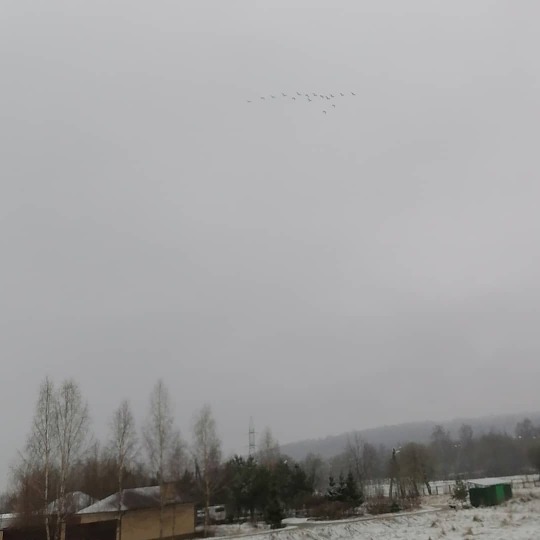
#подмосковье#морозки#подосинки#московскаяобласть#журавли#весна https://www.instagram.com/p/CN6j6x9DhSu/?igshid=k6sxa7z8buvk
1 note
·
View note
Text





Тест Canon EOS 1200d
Попался в руки новый фотоаппарат
#Фото#Фотопрогулка#Саратов#Журавли#Памятник#Пейзаж#Животные#Парк победы#Вид на город#Цветы#Насекомые#Bumblebee#Landscape#Saratov#Russia#Summer#Canon#Eos1200d#Lightroom
3 notes
·
View notes
Photo

#Летят #журавли (at ВДНХ / VDNKh) https://www.instagram.com/p/CkBMtD0qAmP/?igshid=NGJjMDIxMWI=
0 notes
Text
Ян Френкель - Журавли
Sometimes I feel that all those fallen soldiers, Who never left the bloody battle zones, Have not been buried to decay and molder, But turned into white cranes that softly groan. And thus, until these days since those bygone times, They still fly in the skies and gently cry. Isn’t it why we often hear those bell chimes And calmly freeze while looking in the sky?
https://www.youtube.com/watch?v=vkHz60M93HY
0 notes
Photo

Знакомые птички в Sweetwater Wetlands park и закат. .......................................................................... #флорида #гейнсвилл #заповедник #закат #журавли #птицы #канадскийжуравль #водноболотныеугодья #прерия #зимавофлориде #прогулкинаприроде #sandhillcranes #birds #cranes #sweetwaterwetlands #prairie #wetlands #sweetwaterwetlandspark #gainesville #florida #winterinflorida #birdwatching #natureupclose #phonephotograpy #sunsetflorida #sunset https://www.instagram.com/p/CYkL7tWuDka/?utm_medium=tumblr
#флорида#гейнсвилл#заповедник#закат#журавли#птицы#канадскийжуравль#водноболотныеугодья#прерия#зимавофлориде#прогулкинаприроде#sandhillcranes#birds#cranes#sweetwaterwetlands#prairie#wetlands#sweetwaterwetlandspark#gainesville#florida#winterinflorida#birdwatching#natureupclose#phonephotograpy#sunsetflorida#sunset
0 notes
Photo

#Ходулочники – это как #журавли в #миниатюре (длина туловища достигает от 33 до 36 сантиметров, из которых 6 сантиметров приходится на #клюв похожий на #шило ). #природакрасота #природасупер #природалучшийхудожник #природарядом #люблюприроду #природапрекрасна #наприроду #наприродехорошо #природароссии #природа #природапросыпается #природавокругнас #природарисует #живаяприрода #природарадует #наприроде
#природарядом#природасупер#лю��люприроду#природа#природалучшийхудожник#журавли#природарисует#шило#наприроду#природакрасота#клюв#природапросыпается#наприроде#природавокругнас#природарадует#природапрекрасна#ходулочники#природароссии#миниатюре#наприродехорошо#живаяприрода
2 notes
·
View notes
Photo

Earrings “Cranes” Sterling silver, selective gilding, amethyst
Ruyan workshop Viking jewelry number one No Chinese fakes! Only exclusive handmade! www.etsy.com/shop/RuyaN
Ohrringe “Kraniche” Sterling Silber, selektive Vergoldung, Amethyst
Ruyan Werkstatt Wikinger Schmuck Nummer eins Keine chinesischen Fälschungen! Nur exklusiv handgefertigt! www.etsy.com/shop/RuyaN
#руян#мастерскаяруян#журавли#русь#славяне#история#культура#viking#culture#slavic#earrings#vikings#ruyan#ruyanworkshop#ohrringe#schmuck#handmadejewelry#crane#pagan#history#kunst#handwerk#norse#nordic
1 note
·
View note
Photo

Журавль в небе над Златоустом. A crane in Zlatoust, Russia. #птицы #журавли #birds (at Златоуст Челябинская Область) https://www.instagram.com/p/CR4IVABoIlx/?utm_medium=tumblr
0 notes
Photo
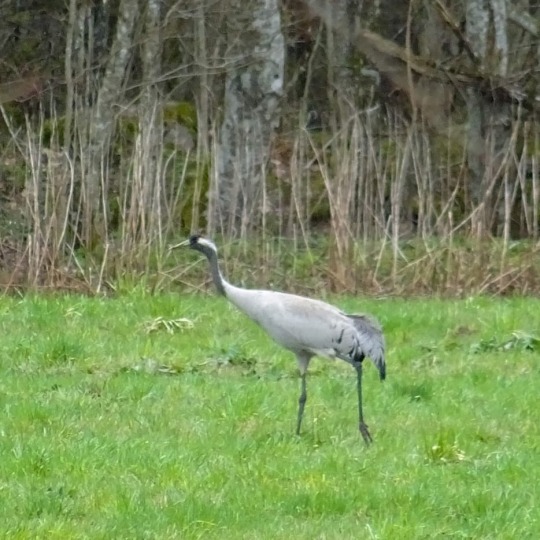
#Журавль . . #сланцынетапки #сланцевскийрайон #ленинградскаяобласть #ленобласть #ленобл #ло #журавли (at Кушела) https://www.instagram.com/p/COhoDxRNnh8/?igshid=5ush4bepuuf1
0 notes
Photo
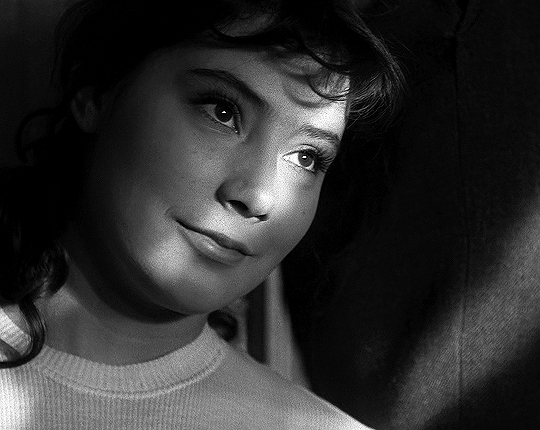
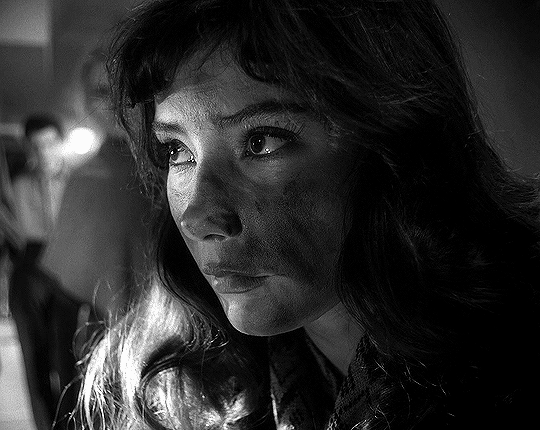
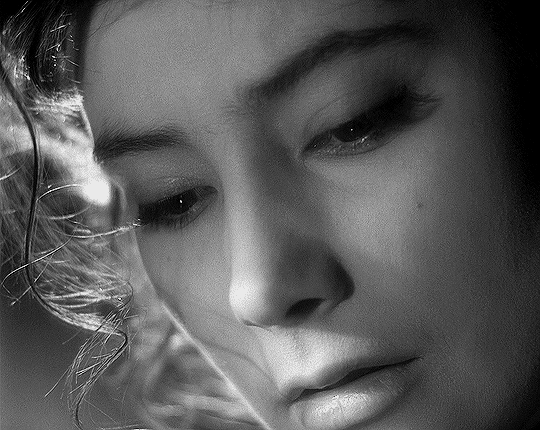
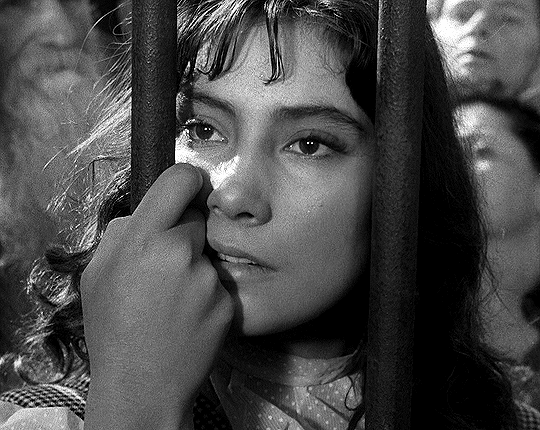
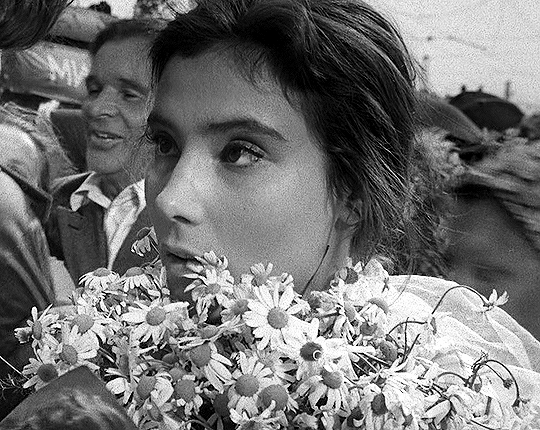
Tatiana Samoilova in The Cranes Are Flying 1957 dir. Mikhail Kalatozov
#filmedit#worldcinemaedit#dailyworldcinema#classicfilmblr#filmgifs#moviegifs#the cranes are flying#Летят журавли#ours#gifs#by ria#1950s
2K notes
·
View notes
Photo
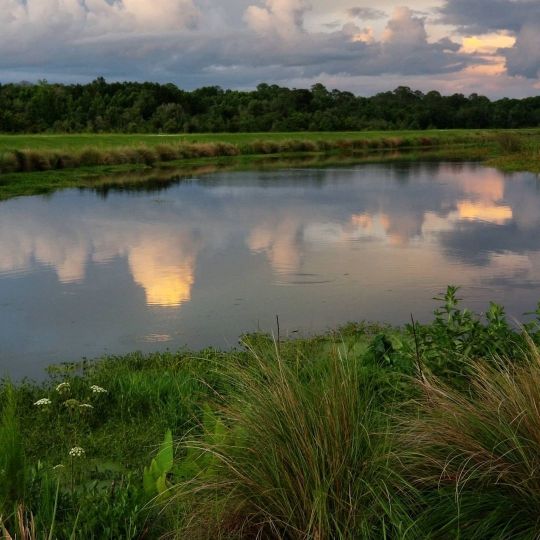
Натура с нашего похода в пампасы, на пленэр для #экстрим7 с @annaegida . Знакомые журавли с птенцами поймали змею и разделались с ней, не знала, что они змей едят, живи и учись. Когда мы уходили, выглянуло солнышко и очень красиво подсветило облака 🌅. Sweetwater Wetlands nature park, Gainesville, FL ....................................................................... #sweetwaterwetlands #sweetwaterwetlandspark #sandhillcrane #cranes #cranechick #naturewalk #pleinair #reflections #sunsetsky #gainesville #florida #floridasky #prairie #phonephotograpy #nofilters #note8 #природа #журавли #канадскийжуравль #детинаприроде #детинаблюдают #прогулкинаприроде #пленэр #заповедник #прерия https://www.instagram.com/p/CQjWUPbsQZX/?utm_medium=tumblr
#экстрим7#sweetwaterwetlands#sweetwaterwetlandspark#sandhillcrane#cranes#cranechick#naturewalk#pleinair#reflections#sunsetsky#gainesville#florida#floridasky#prairie#phonephotograpy#nofilters#note8#природа#журавли#канадскийжуравль#��етинаприроде#детинаблюдают#прогулкинаприроде#пленэр#заповедник#прерия
0 notes
